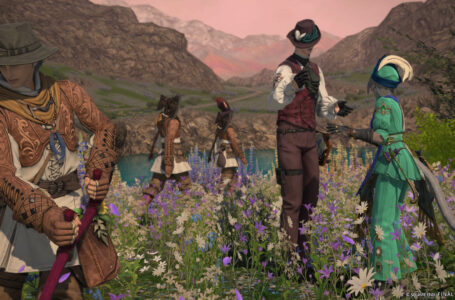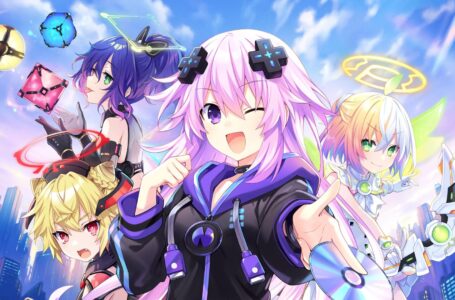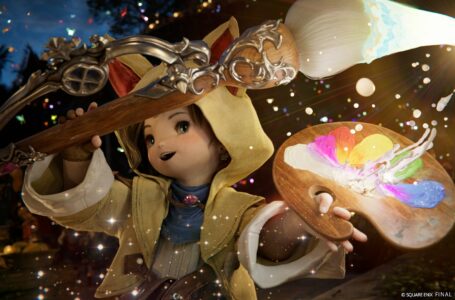Six of the best video game remakes
The Last Of Us — or, as it’s now known, “The Last Of Us Part I” — is getting a remake. Specifically, it’s getting a remake of a remaster it’s already had, and by all accounts it’s a largely unnecessary endeavour. The original PS3 game was already a good time for those who enjoy that sort of thing and the PS4 version brought it nicely up to date with modern tech, making a PS5 remake utterly redundant — particularly since said PS4 version will happily run on a PS4. Video game remakes, eh?
Video game remakes aren’t always pointless and stupid, though. In fact, there have been quite a few really good ones over the years. So that’s what today’s Six of the Best is all about: some of the best video game remakes that we’ve ever seen, where the “remake” side of things is more than simply “taking the graphics and making them a bit nicer”. The happy side effect of treating video game remakes in this way is that the original product still remains worth exploring, even if the remake is somehow “better” — thus you end up with two independently interesting games instead of multiple very similar versions of just one.
So let’s jump right into it, with six of the best video game remakes of all time.
Final Fantasy I 20th Anniversary Edition
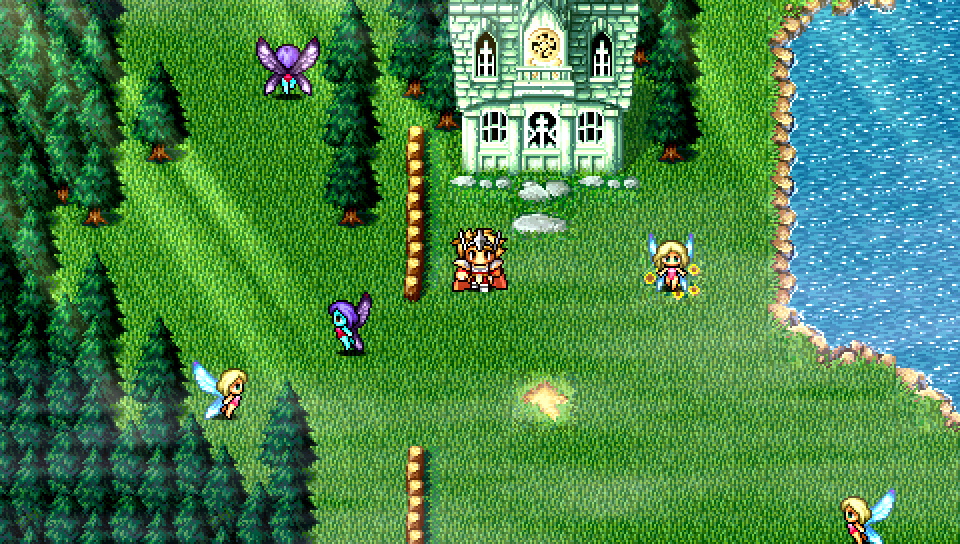
While the recent Pixel Remaster versions of Final Fantasy are quite nice — their soundtracks are especially good — for many people, the perfect version of the first game in the series came in the form of the 20th Anniversary Edition for PSP. And it still stands out as one of the best video game remakes of all time.
Final Fantasy 20th Anniversary Edition was the last of several iterations on the first Final Fantasy game. First came a WonderSwan Color remake which added enhanced graphics. Then came a PS1 version that further upscaled the graphics to the big screen and enhanced the soundtracks. Then came the Game Boy Advance “Dawn of Souls” version, which bundled Final Fantasy I and II together, adding several new endgame dungeons. And finally came the PSP version, which further enhanced the graphics and added a substantial new dungeon on top of the GBA version’s additions.
Final Fantasy 20th Anniversary Edition remains the best way to play this first game in the series. By no means the most authentic way, obviously — but definitely the most enjoyable and palatable from a modern gamer’s perspective. Pixel Remaster is good, but it lacks the Dawn of Souls and 20th Anniversary Edition dungeons, so it’ll always be lagging behind.
Trauma Center: Second Opinion
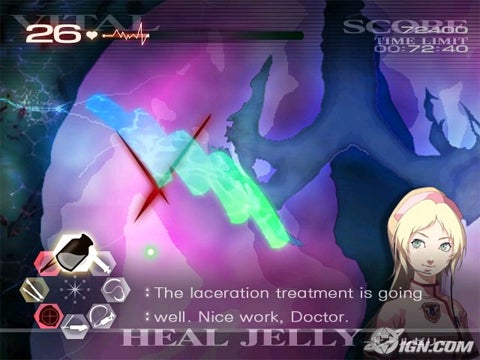
The original Trauma Center: Under the Knife on Nintendo DS surprised everyone with its frantic, arcadey take on surgical procedures — two things that I’m not sure anyone expected to taste great together. It told a fantastic story, featured some amazing characters and art, had a superb soundtrack — and was absolutely bastard hard.
Trauma Center: Second Opinion for Wii is one of my favourite video game remakes of all time. It kept the main narrative intact, but completely revamped both the visual style and the control scheme to work better on the big-screen TV. It also made a notable effort to better balance the difficulty level, making it much more straightforward to actually get through the story — but still just as challenging to get the best scores and high ranks, for those who really wanted to perfect their armchair surgery game.
Second Opinion then went on to do well enough to spawn two excellent sequels in the form of New Blood and the astonishingly good Trauma Team, the latter of which I’m still bitter that Atlus never brought to Europe. Still, modding an original Wii to play import stuff is a pretty easy process, so…
Hyperdimension Neptunia Re;Birth1
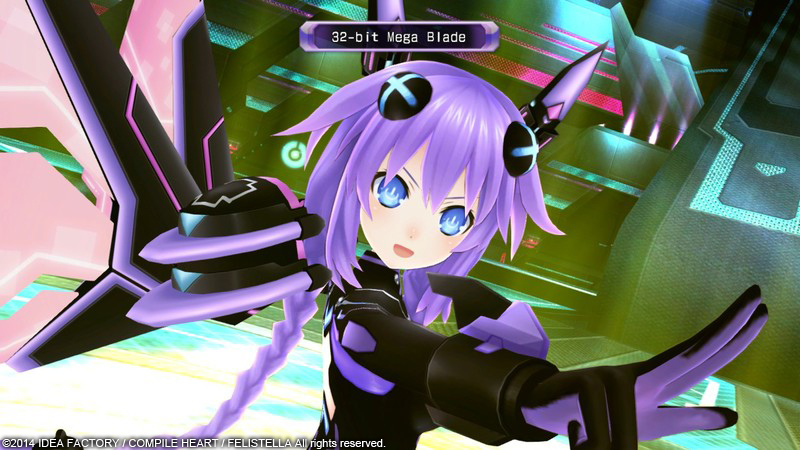
The original Hyperdimension Neptunia for PlayStation 3, although something of a clunky mess of a game, had its appeal. Hell, I attribute my present-day love of all things anime-style specifically to that game, so it can’t have been that bad. In fact, it had some really interesting ideas, such as the ability to customise all your characters’ button combos in combat, a peculiar condition-based item usage system and the ability to “time attack” dungeons. But it was still ripe for a bit of fixing — particularly once the subsequent installments in the series refined the mechanics nicely.
The result was Hyperdimension Neptunia Re;Birth1, a great example of how video game remakes don’t have to make their predecessors irrelevant. It’s a distinct experience from the original Hyperdimension Neptunia — and even pokes fun at the fact it’s a remake on more than one occasion — but hits enough of the same story beats to make it clear that it’s not a completely separate game. If you’re interested in the Neptunia series as a whole, both games are worth playing — Re;Birth1 is just a bit more palatable to a modern audience from a mechanical perspective.
Atelier Rorona Plus
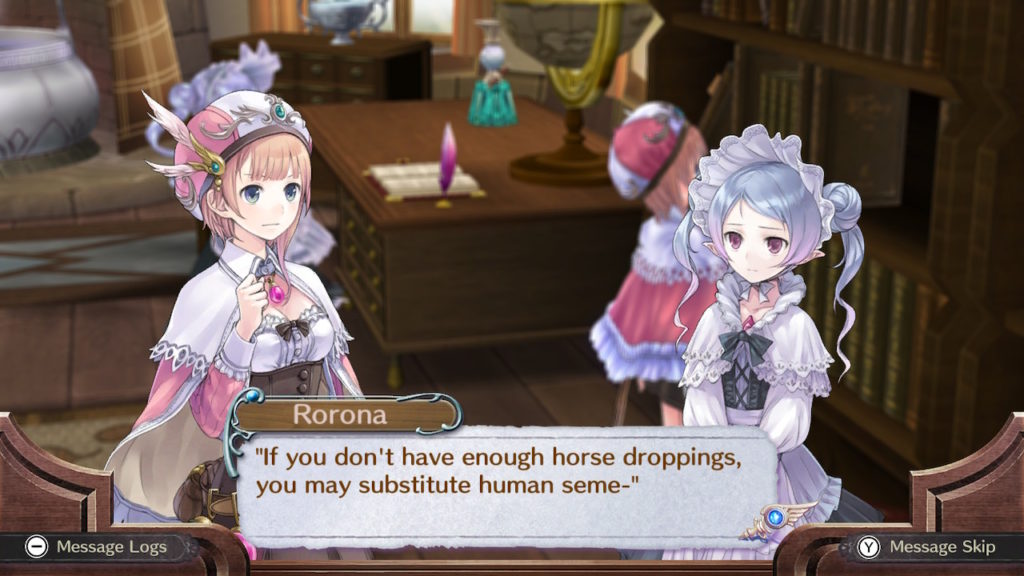
Gust are no strangers to rereleasing their own games, particularly in the Atelier series; hell, a “Plus” release of each installment was seemingly traditional right from its humble beginnings on the PS1. But Atelier Rorona Plus showed a great example of how video game remakes don’t have to be radical reinventions: they can simply refine an earlier installment in a series to be more in line with its successors.
Essentially what happened was that the Arland trilogy of games in the Atelier series gradually improved quite noticeably over the course of its three installments. The original Rorona was one of Gust’s first games on the PlayStation 3 platform, and it showed a bit — particularly with its oddly proportioned character models. And so what they did is once they released Atelier Meruru — the third, final and arguably best of the trilogy — they went back to Atelier Rorona and completely rewrote it with Atelier Meruru’s graphics engine and mechanics, porting it to Vita alongside PS3 in the process. And it was good.
Unlike in the case of Hyperdimension Neptunia Re;Birth, Atelier Rorona Plus largely makes the original Atelier Rorona redundant — though there are enough differences in the presentation and mechanics to provide plenty of interesting material for comparisons if you’re so inclined. For the most part, it’s a great example of how video game remakes can allow companies to go back and make a title shine the way they originally intended it to — as well as expanding its audience with new platforms.
Metal Max Xeno Reborn
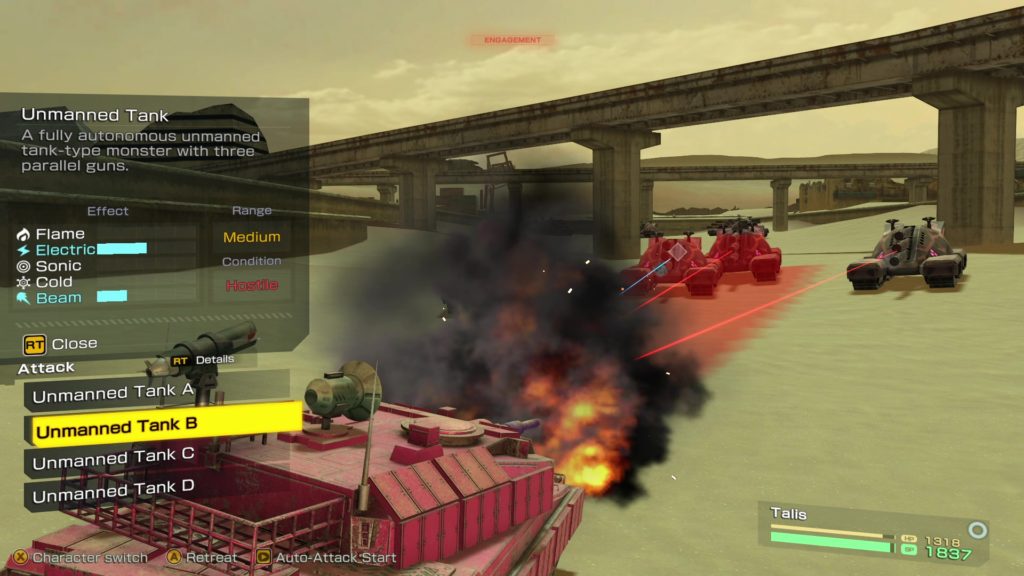
The most recent entry in this list, Metal Max Xeno Reborn is another great example of what we just talked about with Atelier Rorona: a company made a game, it didn’t come out quite how they hoped it would — or perhaps didn’t quite get the critical and commercial reception they hoped for — and so they tried again. With Reborn, they revamped the art style, graphical engine and overall mechanics of Metal Max Xeno, and most players agreed that the result was a superior game.
In this case, the differences between the two versions are more substantial than they were between Atelier Rorona and Atelier Rorona Plus. The art style in particular has completely changed, so you may well find yourself preferring one or the other — and likewise, the mechanics, particularly with regard to character progression, are also notably different to one another. As such, while I’d describe Atelier Rorona Plus as making Atelier Rorona mostly redundant, the two versions of Metal Max Xeno are different enough from each another to make them both worth exploring if you have the time or inclination.
Senran Kagura Burst Re:Newal
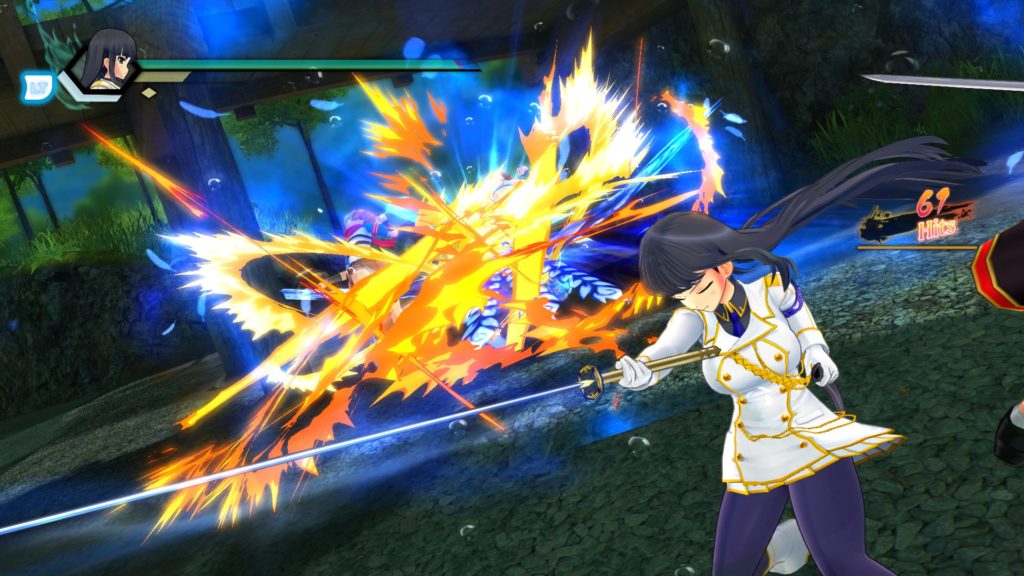
One of the best video game remakes I’ve ever enjoyed, Senran Kagura Burst Re:Newal takes the originally 3DS-exclusive Senran Kagura Burst and brings it more in line with the rest of the series in terms of both presentation and gameplay. If you’re really paying attention, you’ll note that it also brings the series’ narrative timeline back into sync with itself, since the two 3DS games in the series are regarded as unfolding in one timeline, while most of the rest are considered to be in a “second timeline” triggered by the events of Deep Crimson. But that’s something to get thoroughly confused by another day.
Senran Kagura Burst Re:Newal is a brilliant refinement of the 3D arena-based beat ’em up/fighting game combo that the series had been establishing over the course of Shinovi Versus and Estival Versus. Burst Re:Newal introduces helpful mechanics such as visible attack telegraphs, and features plenty of varied attacks for its cast of playable characters. It also features one of the best stories in the series, firmly establishing the Senran Kagura world’s interesting take on “good” and “evil” so far as shinobi are concerned.
While the future of the series beyond its perpetually successful mobile game remains somewhat in doubt, this is a great title to indulge in if you fancy some fast-paced action with plenty of fanservice — and a far more compelling, interesting story than prudish western games journalists may have led you to believe over the years!
Join The Discussion
Rice Digital Discord
Rice Digital Twitter
Rice Digital Facebook
Or write us a letter for the Rice Digital Friday Letters Page by clicking here!
Disclosure: Some links in this article may be affiliate links, which means we may earn a small commission if you make a purchase after clicking on them. This is at no additional cost to you and helps support Rice Digital!
- Letter from the Editor: passing the torch - June 30, 2023
- Super Woden GP 2 is looking promising - June 30, 2023
- Inti Creates is making a 32 bit-style Love Live action platformer - June 26, 2023





